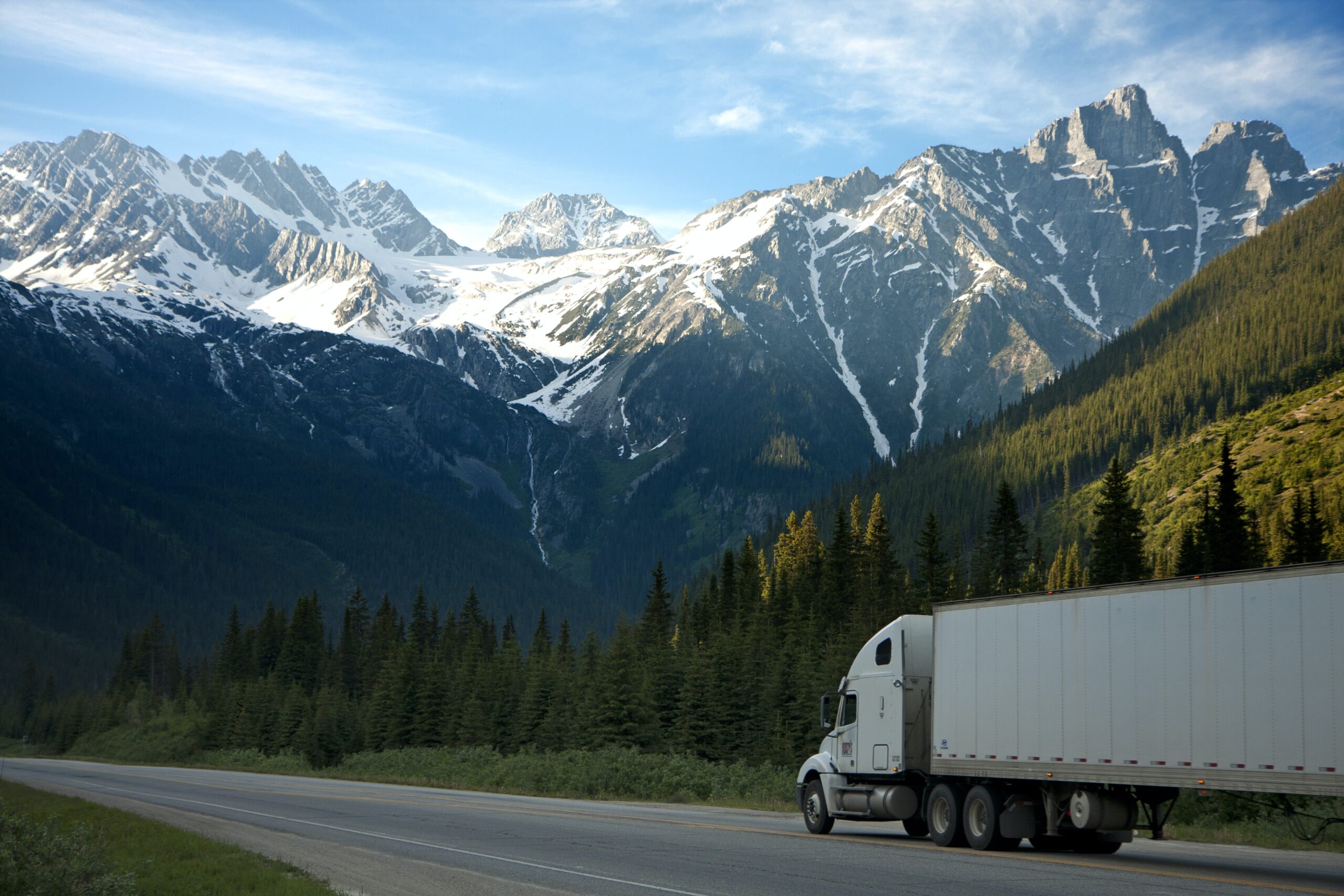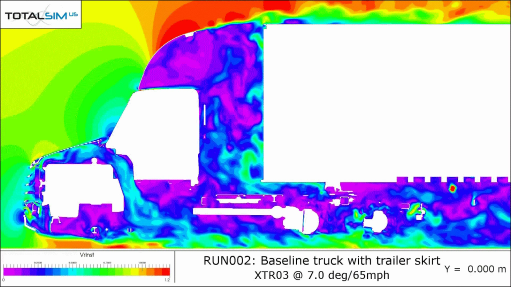Economic & Environmental Benefits of The STEER Act
Incentivizing use of emissions-reducing technologies in the trucking industry
Technologies have been developed in recent years to actively control aerodynamics and rolling resistance, and otherwise increase efficiency in the trucking industry. Smart devices that move and adapt to driving and vehicle conditions—automatically and in real-time—have huge potential to minimize drag, save fuel, and reduce emissions.
The STEER Act was introduced in mid-2021 to accelerate the adoption of these new technologies. The proposed federal program incents trucking companies to buy and install solutions that deliver significant economic and environmental benefits.
Once the legislation is passed, vouchers will offset the upfront cost and installation. The U.S. government will cover expenditures associated with adopting fuel-efficient technologies on Class 8 trucks, among the heaviest vehicles on the road, and those with the most potential to make an impact.
“We can reduce fuel consumption and emissions in the transportation industry without enacting costly … mandates on American companies and workers,” said U.S. Representative Rodney Davis, who introduced the bill in the summer of 2021. “It’s common-sense, market-driven ideas … that will protect American workers and our environment without destroying our economy,” he said.
“The STEER Act is rocket fuel for American innovations which help the trucking industry become cleaner and more efficient.”
Daniel Burrows, Founder and CEO of TruckLabs, maker of TruckWings

Daniel Burrows agrees. The founder and CEO of TruckLabs, maker of TruckWings, an aerodynamic device that closes the gap between tractor and trailer to reduce drag, said. “One-third of the world’s carbon emissions come from the transportation sector. Fleets are spending 3% to 6% more on diesel than they should. Making it easy and affordable to consume less and reduce our carbon footprint helps us all breathe easier.”
The STEER Act authorizes $100 million annually from 2022 to 2026 to retrofit heavy-duty trucks with emission reducing technology that is currently available. Fleet size determines voucher amounts.
“This bill has huge potential to bridge the gap to zero-emission truck fleets,” Burrows said, referring to the almost 4 million Class 8 trucks in operation in the U.S. “We are proud to be part of the movement to help make the world we live in a better, more sustainable place.”
The STEER ACT was introduced to fast-track deployment of already available technologies, and make an environmental and economic impact now
| Economic Benefits | Environmental Benefits |
|
|



